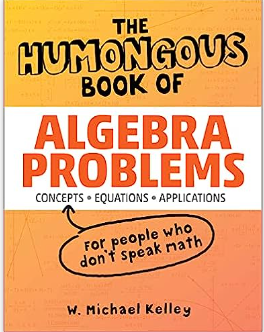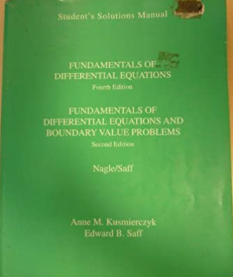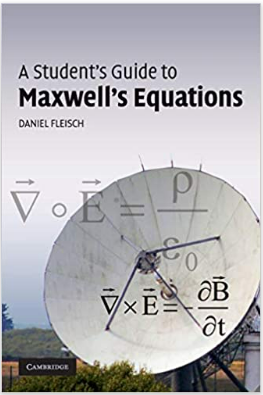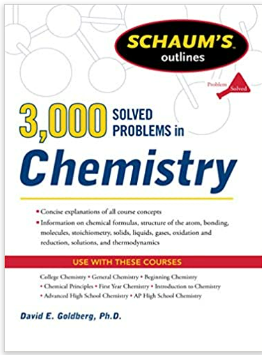It walks through the history of the United States patent system and the concepts of patentability, claims, claim construction, infringement, and a brief introduction to the various international conventions. While it would be more helpful to patent litigators, there is still good information for patent prosecutors and that those people who want to attempt to take on the challenge of writing their own patent can use. And, it can easily be used in conjunction with Patent it Yourself and its companion books (although there is a lot more legalese in this, as you would expect). As someone who is becoming a patent attorney in reverse (I got a law degree, then went back to undergrad to get an engineering degree) I started reading this as I was finishing school to get the basics of patent law that I did not learn in law school, then read Patent it Yourself to get a better idea of the nuts and bolts of the patent application process, and will eventually get a copy of the Manual of Patent Examining Procedure, which is what you are allowed to use when taking the patent bar.



















